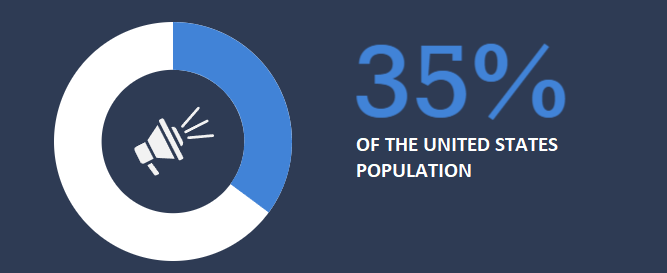In today’s digital world, having an ADA compliant website is no longer just an option—it’s a necessity. The Americans with Disabilities Act (ADA) was established to protect the rights of individuals with disabilities, ensuring they have equal access to public spaces, including online environments. With millions of people relying on assistive technologies to browse the web, it’s vital for organizations to make their websites accessible to all users.
ADA compliance means your website follows specific standards that make it usable for people with visual, auditory, or physical impairments. This includes features like screen reader compatibility, keyboard navigation, alt text for images, and proper contrast for text. Ensuring compliance not only enhances user experience but also protects organizations from potential legal risks and reputational damage.
Implementing an ADA compliant website shows your commitment to inclusivity and social responsibility. It also expands your audience reach and improves your website’s overall usability for everyone. For nonprofits and service-based organizations, ADA compliance helps foster trust and accessibility among all community members.
Take action today—review your website for accessibility and align it with ADA compliance standards. Being proactive supports both your mission and the rights of individuals with disabilities.





Comments